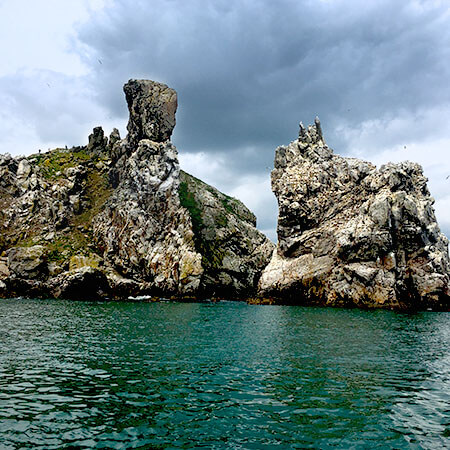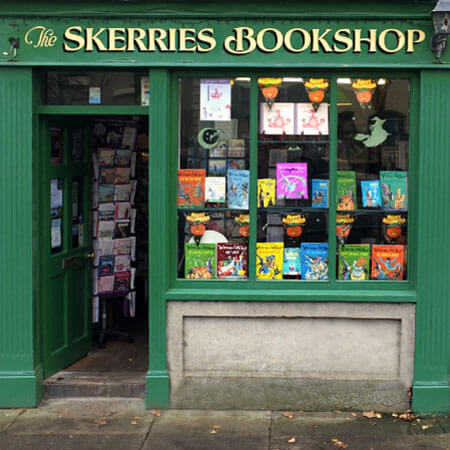Most people who visit Bull Island from week to week probably don’t realise that it’s part of one of the biggest biospheres in Europe.
So, what’s a biosphere?
Quite simply, a biosphere is an environment where people, nature and culture connect and co-exist.
Imagine the biosphere as the perfect cup of tea, with people as the water, nature as the tea leaves and culture as the milk. The tea leaves are rich and unique, but need the water to be hot so they can release the flavour, while the milk is added to make it more drinkable.
In the same way, nature and culture within the biosphere can add value to people, but only where it is protected and sustainably managed.
Wildlife on Bull Island and the Dublin Bay biosphere
The United Nations Educational, Scientific and Cultural Organisation (UNESCO), has developed many protected biosphere reserves around the world. These are areas made up of terrestrial, marine and coastal ecosystems that promote the conservation of biodiversity with sustainable use.
At the core of the city’s biosphere is Dublin bay and Bull Island – a low-lying sand spit located between Howth and the city. It was declared a biosphere reserve back in 1981.
The island is only 200 years old, developing over time from silt build up. It is now home to nine protected habitats, as well as two golf courses. Within these nine habitats, wildlife thrives.
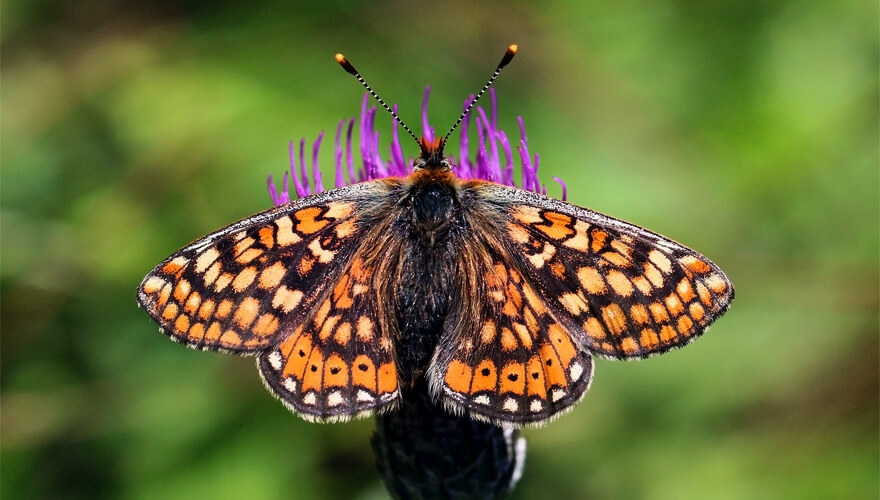
The Marsh Fritillary (Image credit: Creative Commons Wikimedia)
Dublin’s biosphere is roughly 300km squared, the core area of which extends along the coastline from Dún Laoghaire around to Howth, Ireland’s Eye and up to Portmarnock. Bull Island is where you’ll find some of its most intriguing specimens though.
For example, Ireland’s only protected butterfly, the Marsh Fritillary, has made the north of Bull Island its home for part of the year. The best time of year to see them is around late August and September. You can also find Ireland’s only native lizard here. It’s simply called the Common Lizard.
Bull Island birds
The causeway road that connects the mainland to the island divides the mudflats into two areas. The larger mudflat is at the north and receives seawater via Sutton Creek. The tides enter the southern mudflats under the Bull Bridge.
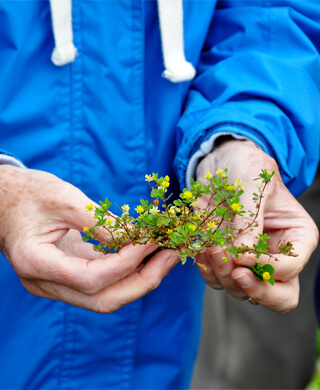 These mudflats will attract around 30,000 overwintering birds between July and March, most of which are waders, like black-tailed godwit, curlews and oystercatchers.
These mudflats will attract around 30,000 overwintering birds between July and March, most of which are waders, like black-tailed godwit, curlews and oystercatchers.
You’ll find herons, lapwings and little egrets in smaller numbers too.
In the summer, common terns, arctic terns and sandwich terns come to the island and its lagoons to feed.
If you’re lucky, you might even find a rare roseate tern at the north of the island.
Perhaps the most beautiful and fascinating of the birds that flock here are the Canadian Brent Geese. Thousands of these beautiful birds arrive at the start of winter, flying thousands of miles from high-Arctic Canada to rest in Dublin Bay. You will see them in great numbers in the sky, with their black heads making them relatively distinct.
Exploring the Dublin Bay biosphere by boat
One of the best ways to take in the full biosphere experience is by boat and specifically Dublin Bay Cruises’ Dublin Bay Biosphere Discovery Tour.
You can sail from Dún Laoghaire, Howth or Sir John Rogerson’s Quay in the city. Our tour is led by Olivia and Emma, each with a wealth of knowledge about the area and the corresponding wildlife.
If you’re lucky, you might even see a puffin.
We leave the city aboard the St. Bridget and sail out into the bay through the busy Dublin Port area through the shadow of the iconic Poolbeg Towers.
It’s one of the more unique views of the towers that you’ll get. They’re the tallest structures in Dublin. And among the seatrucks and cargo ships, you feel particularly small in this hive of activity.
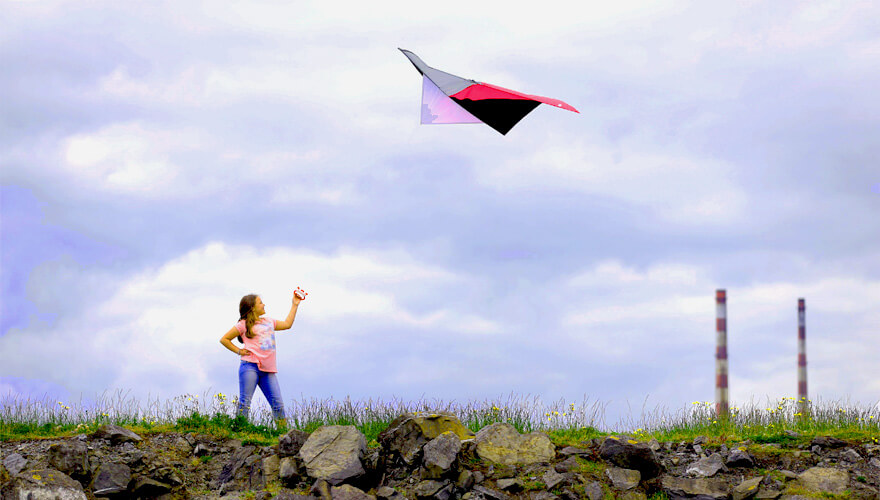
We sail out past the Poolbeg Lighthouse towards Dún Laoghaire. On the mainland you have a great view of Sandymount Strand, Monkstown, Bray Head and the mountains in the distance.
Having docked at Dún Laoghaire, you’ve got 20 minutes or so to grab a chipper or a coffee before heading back up the coast to Howth.
They’ll come up once or twice for air.
On the outskirts of Dublin Bay, we pass the Dublin Bay Buoy. This is a safe water mark, but it’s also a weather monitor, which tweets out the local weather and sea conditions.
Facts from the tour
Beyond the Dublin Bay Buoy, about seven miles out to sea, you’ll spot the Kish Lighthouse. This warns the many boats and ships passing through Dublin Bay of the Kish sandbank.
The lighthouse, in its current state, has been there since 1965. Previously, a series of floating devices warned sailors of the sandbank. However, it’s probably a good thing that we’ve upgraded to a lighthouse. That’s because multiple ships have been wrecked on the Kish Bank between the late 1800s and as recent as 1947.
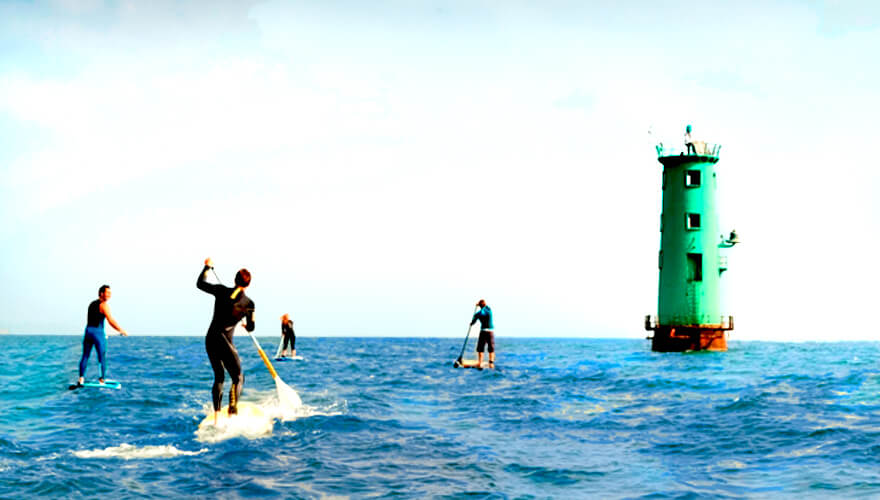
As we sail past the Howth peninsula, we also spot several cormorants in their characteristic spread-wing pose. “Cormorants are one of the only sea birds without an oil duct,” Olivia explained. “That’s why they dry their feathers like that.”
Because these birds dive for fish, they need less buoyancy than other birds. The structure of their feathers and lack of oil means they can dive deeper than other birds to catch fish. Their spread-wing pose dries out their feathers after diving. You’ll see plenty of them fanning their feathers on the rocks all around the Irish coastline.

